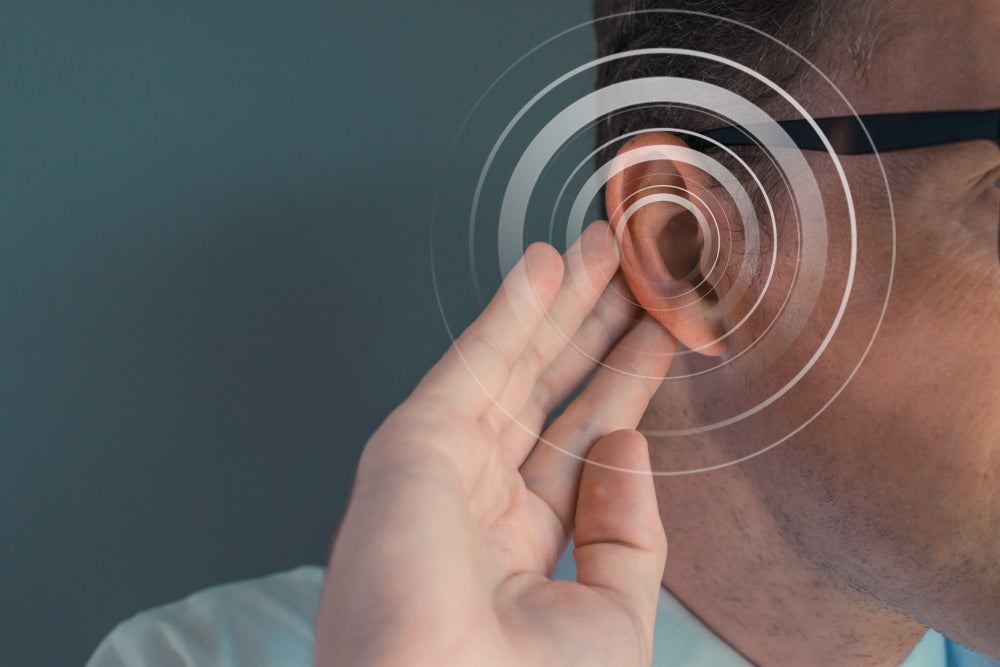Every year on 3 March, World Hearing Day aims to elevate awareness surrounding the prevention of deafness and hearing loss while advocating for ear and hearing care worldwide.
With hearing loss becoming increasingly prevalent, unmet needs are incurring additional costs to the healthcare system.
This year, World Hearing Day will focus on overcoming the challenges posed by societal misperceptions and stigmatising mindsets through raising awareness and sharing information with both the public and healthcare professionals.
According to the World Health Organization (WHO), more than 80% of ear and hearing care needs remain unmet globally. Those unaddressed needs pose an annual cost of nearly $1tn globally.
The WHO claims that deeply ingrained societal misperceptions and stigmas are key factors that limit efforts for preventing and addressing hearing loss.
See Also:
Education for both the general population and healthcare providers is an important aspect of ear and hearing care.
How well do you really know your competitors?
Access the most comprehensive Company Profiles on the market, powered by GlobalData. Save hours of research. Gain competitive edge.

Thank you!
Your download email will arrive shortly
Not ready to buy yet? Download a free sample
We are confident about the unique quality of our Company Profiles. However, we want you to make the most beneficial decision for your business, so we offer a free sample that you can download by submitting the below form
By GlobalDataThe prevalence of hearing loss is rising in the US and it is important that people react quickly to ensure the right treatment plans are made.
According to leading data and analytics company GlobalData, the prevalence of hearing loss in the US among adults was 7.6% in 2023, and that number is expected to rise to 8% in 2033.
When hearing or audiometry tests are conducted, the results are often shown through audiograms, which are reports that show the test results in graph form.
Audiograms show the quietest sounds that the patient is able to hear at different frequencies and indicate the degree of loss across different types of sounds.
While hearing aids are one of the most common treatments for hearing loss, there are also hearing implants for those with more severe hearing loss.
Different types of hearing implants include cochlear implants, bone-anchored implants, middle ear implants, and auditory brainstem implants.
According to GlobalData, hearing implant procedure volumes will reach 241,709 in 2033, up from 150,828 in 2023, at a compound annual growth rate (CAGR) of 4.83%.
GlobalData expects that most of the procedure volume growth will come from middle ear implants, with a CAGR of 4.97%.
However, the most market value growth is expected to come from auditory brainstem implants, as the market value in 2023 was $415m and is set to reach $754.9m in 2033, equating to a CAGR of 6.17%.
The first step in understanding what treatment is best is to get tested.
World Hearing Day is encouraging discussion and promoting education in the hopes that individuals and healthcare professionals alike ensure hearing tests are happening so people can get the treatment they need.









